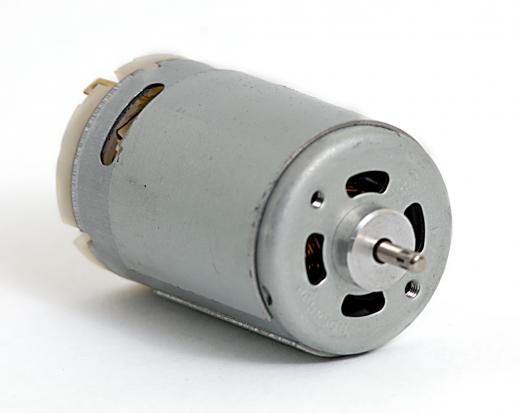What Is an Equivalent Circuit?
An equivalent circuit is a simplified model of an existing circuit that greatly simplifies the analysis of an original circuit. Any circuit will have an equivalent for specific parameters such as signal frequency, component temperature, and other factors such as transducer inputs. Original circuits may have a voltage source with an internal resistance and several external resistors, while equivalent circuits, in direct current (DC) analysis, will be a voltage source and single internal resistance, or the net resistance of the internal and external resistances. There are equivalent circuits for all types of circuits with all types of components.
The ordinary penlight battery is rated at 1.5 volts direct current (VDC). As the battery gets used up, an equivalent circuit keeps changing until the battery goes flat. The ideal voltage source has no internal resistance and, in series with an ever-increasing resistance, is the equivalent of a real-world 1.5-volt (V) battery.

Transformers provide power through a secondary winding when power in the primary winding is provided. The transformer equivalent circuit helps in explaining the detailed characteristics of the real-world transformer. An ideal transformer will not drain any power when there is no load at the secondary winding, but a real-world transformer with an energized primary winding and disconnected secondary winding will still drain power. The equivalent transformer circuit, due to the nature of core losses, will present a parallel core resistance, or a resistance that does not exist but can be seen by the power source. A transformer equivalent circuit has an ideal transformer on the output with multiple distributed inductance, capacitance, and resistance on the input.
Equivalent circuits for semiconductor circuits vary depending on frequency, voltage polarity, and signal amplitude. The diode equivalent circuit in forward bias, or conducting state, is a low-voltage source in series with a low resistance. For instance, a silicon diode in forward bias may have an equivalent 0.6 VDC voltage source in series with a 0.01-ohm resistor.
The equivalent circuit model for motors is also determined by the rotor revolutions per minute (RPM) and the loading torque. For instance, a DC motor with a non-rotating rotor looks like two electromagnets in the motor equivalent circuit; at 0 RPM, the DC motor draws the most current. If the rotor is allowed to rotate, the net distributed motor resistance increases toward normal levels and so the motor power drops to normal levels. When loading torque is applied, the motor current drain increases. The induction motor equivalent circuit includes equivalent core resistance and distributed inductance, capacitance, and an ideal transformer that drives the armature winding.
AS FEATURED ON:
AS FEATURED ON:











Discuss this Article
Post your comments